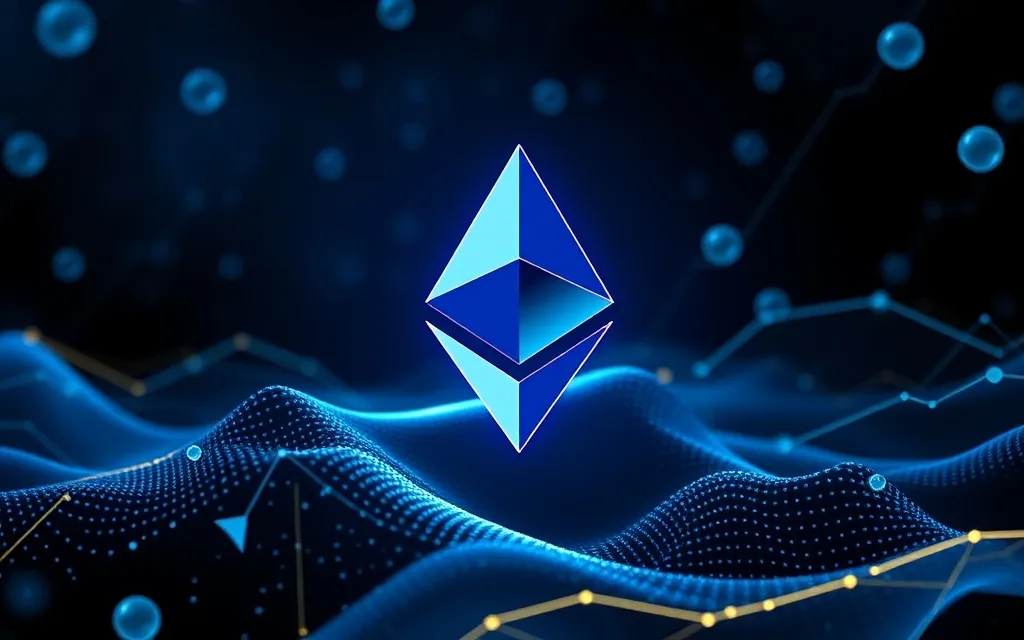Unveiling the Future of Ethereum: Beyond ERC-20 and ERC-721 Token Standards

The Ethereum blockchain has set the stage for decentralized finance and digital assets, primarily through its foundational token standards, ERC-20 and ERC-721. These standards have revolutionized the landscape of cryptocurrencies and digital art, respectively. However, as the blockchain ecosystem matures, there is a growing need for more advanced standards. This article explores the future of Ethereum token standards, highlighting groundbreaking innovations that promise to redefine the digital asset realm.
Breaking New Ground: The Evolution of Ethereum Token Standards
ERC-20 has been the backbone of fungible tokens, enabling seamless transactions and interoperability across various platforms. On the other hand, ERC-721 has fueled the rise of non-fungible tokens (NFTs), transforming industries like art and gaming with unique digital assets. Despite their widespread success, these standards have limitations that new Ethereum token innovations are poised to overcome.
ERC-1155: The All-in-One Token Standard
Introducing ERC-1155, a game-changing standard that combines fungible and non-fungible tokens within a single smart contract. This innovation reduces transaction costs and simplifies token management, making it highly attractive for industries beyond gaming. With its enhanced security features, ERC-1155 minimizes the risk of sending tokens to incorrect addresses, improving user experience and expanding the capabilities of decentralized autonomous organizations (DAOs).
ERC-404: Unleashing the Power of Fractional Ownership
ERC-404 is an experimental standard that blends the characteristics of ERC-20 and ERC-721 to create semi-fungible tokens. This allows for fractional ownership of NFTs, enabling multiple individuals to own shares of a single asset. By inherently supporting fractionalization, ERC-404 boosts liquidity and accessibility in the NFT market, democratizing ownership in sectors such as real estate and gaming. Despite its immense potential, ERC-404 is unofficial, grappling with technical complexities and regulatory uncertainties.
ERC-6651: Redefining NFT Capabilities
ERC-6651 marks a new era for NFTs by introducing token-bound accounts (TBAs) that can hold tokens and other NFTs, interact with smart contracts, and adapt to external factors or user inputs. This standard transcends the limitations of ERC-721, allowing NFTs to own other assets and engage dynamically with smart contracts. The composability and interoperability of ERC-6651 open up new possibilities, such as bundling related assets and creating independent NFT identities, potentially transforming the NFT landscape.
The Road Ahead: Pioneering the Future of Ethereum Token Standards
As Ethereum continues to evolve, the emergence of new token standards beyond ERC-20 and ERC-721 is vital for fostering innovation and meeting the demands of an expanding digital ecosystem. Next-generation Ethereum tokens, like those enabled by ERC-1155, ERC-404, and ERC-6651, offer exciting avenues for enhancing functionality, security, and user experience. While challenges remain, these innovations hold the promise of a more inclusive and dynamic digital asset market, paving the way for the future of Ethereum token standards.
Embracing a New Era for Digital Assets
Exploring new Ethereum token standards beyond ERC-20 and ERC-721 marks a pivotal moment in the evolution of digital assets. As these next-generation tokens gain momentum, they are poised to shape the future of decentralized finance and digital ownership. How do you envision these innovations impacting your interaction with digital assets? Share your thoughts and join the conversation as we navigate this exciting frontier.
